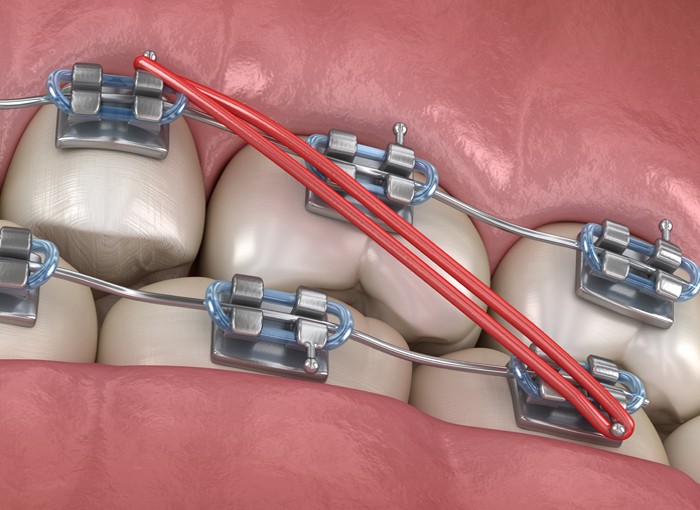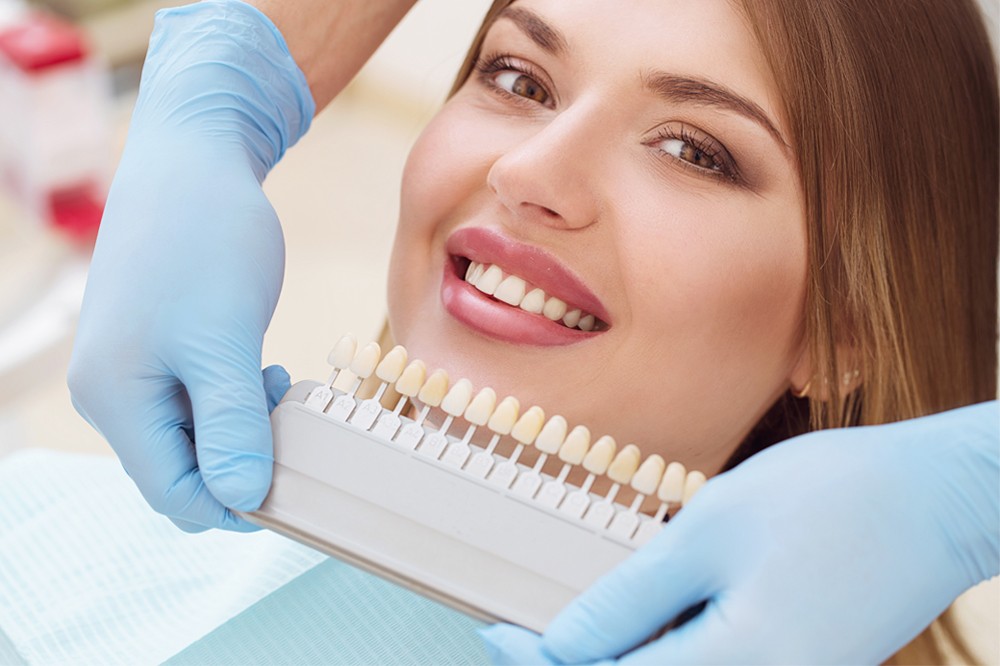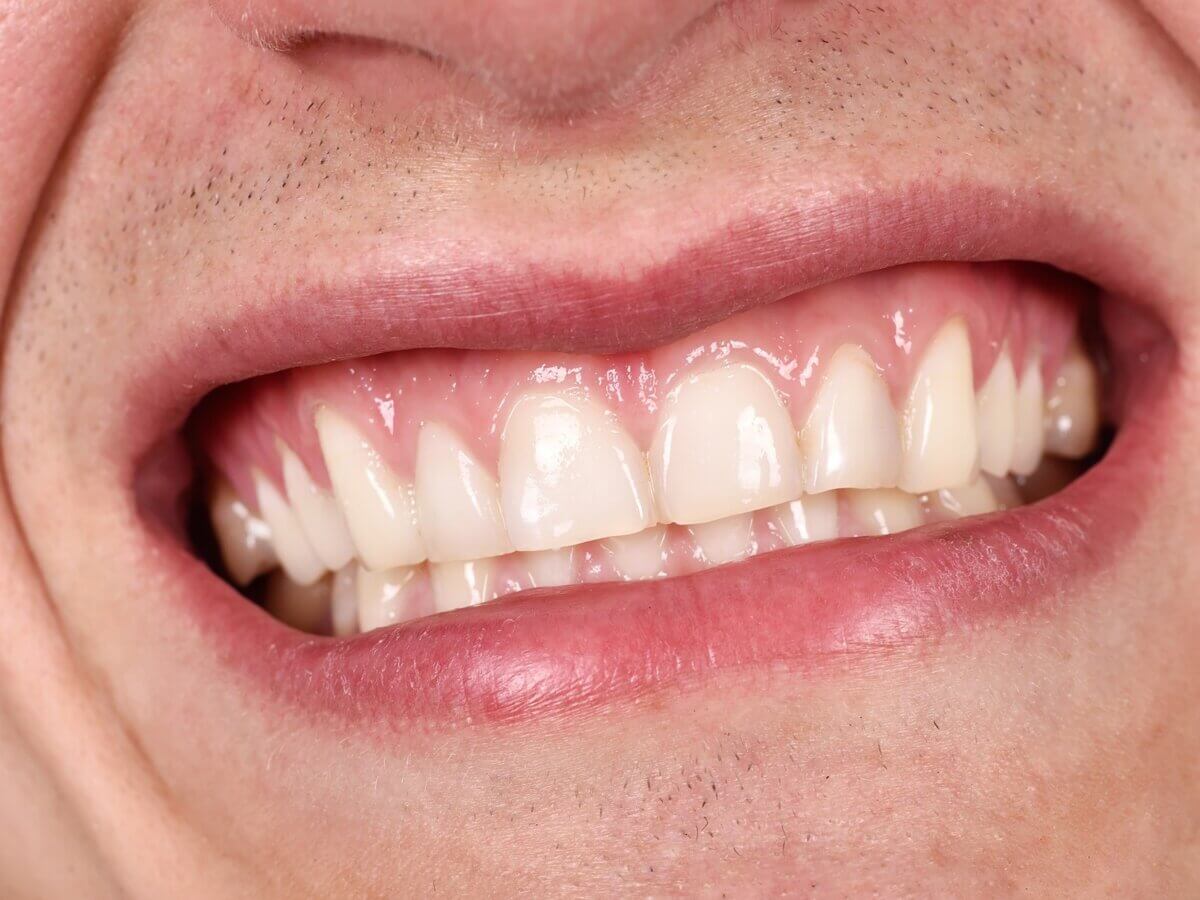Most of us would have at least a brief idea about the use of braces. They help us have corrected teeth back and enhance our look. But how many of us are aware of the parts of the braces? Amongst all the parts, one is the rubber band. It becomes one of the top hurdles people face while wearing the braces.
What are the dental rubber bands?
The rubber bands used for braces are also called orthodontic elastic bands. In simple words, they are elastics attached to the brackets for various purposes. They come in multiple colors and make the treatment enjoyable. With rubber bands, there are other parts too.
- Brackets: These are square metal pieces attached directly to the teeth.
- Archwire:Archwire, a metal wire, runs through the braces and provides the force required to move the teeth.
- Ligatures: These are the tiny rubber bands engulfing the braces and come in a variety of colors. However, they are not limited to the decoration purpose. They hold the archwire at its place and keep them intact till you don’t visit your orthodontist.
- Interarch rubber bands: The purpose of using this part is to adjust the jaw and bite position. They are connected to the brackets with the help of hooks.
Significance of rubber bands for a brace
Generally, all traditional metal braces have rubber bands. These are the ligature bands and hold the archwire in place. The interarch bands are commonly used for patients with overbite, under-bite, crossbite. Also, the orthodontist uses the elastic bands when some teeth need to be pushed or pulled for proper positioning.
Rubber bands for overbite: Type 2 rubber bands are used for the overbite condition. These start near the canines on top of the mouth. They stretch till the lower molars on the lower jaw. So, they pull the jaws in the forward directions so that the teeth do not project.
Rubber bands for under-bite:Under-bites require type 3. These are exactly opposite to the bands for overbite. These bands start on the lower jaw. Also, this helps to pull the jaw backward so that the chin does not stick.
Rubber bands for cross-bite-:Cross-bite is one of the most popular dental issues, and rubber bands are one of the best solutions to the problem. In this, the elastic band will stretch across the mouth and might interfere with the tongue.
How to fix the braces
In the consultation phase, your doctor will guide you on where to place the braces. Nonetheless, every person has unique issues, and the requirement differs. This will tell where the pair are attached. Thus, before leaving the dentist’s office, make sure you enquire everything about the placement of the pair.
He will also guide you on removing the bands later.
Apart from applying and removing the bands and the braces, it would be best if you also learned to clean them effectively. This will help you keep your dental hygiene up and running. Thus, the information mentioned above will give a brief idea of the significance of the rubber bands for braces.
Book Appointment to find out which treatment might be best for you.






